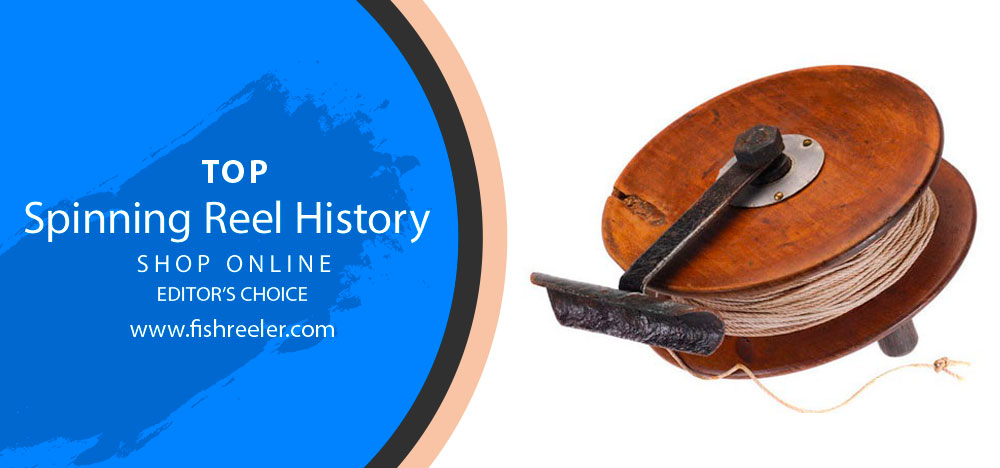
Casting Through Time: The Fascinating History and Evolution of the Fishing Reel

🎣 Hooked on a Hobby: My Fishing Journey Begins
Hello, fellow anglers and fishing enthusiasts! I’m a seasoned fisherman with a deep love for the art of angling. From the gentle ripple of a quiet pond to the exhilarating fight of a large bass, my passion for fishing has always been a major part of my life.
📖 The Reel Story: Unspooling the Tale of the Fishing Reel
In this article, we’ll embark on an exciting journey, casting our lines back through time to explore the fascinating history and evolution of the fishing reel. We’ll delve into the rudimentary designs of the past, reel in the revolutionary advancements of the centuries, and set our sights on the innovative creations of the modern-day.
Get ready to dive deep into how the fishing reel, a seemingly simple device, has changed and evolved in sync with human history. Along the way, you’ll discover how societal changes, technological breakthroughs, and, most importantly, our unabated love for this tranquil pastime have shaped the design and functionality of fishing reels.
🔶So, sit back, relax, and let the current of our captivating tale guide you through the enchanting waters of the fishing reel’s evolution. 🌊🕰️
Early Beginnings: The First Fishing Reels
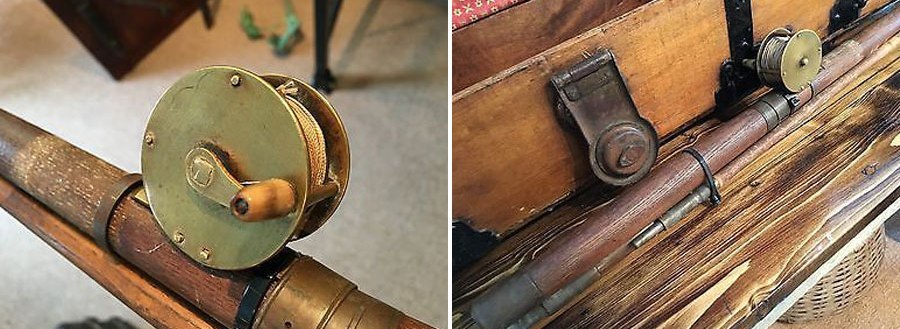
🪵 Primitive Techniques: How Our Ancestors Hooked Their Catch
Before the invention of the fishing reel, our ancestors had to rely on rudimentary techniques to secure their seafood supper. These early methods were as simple as tying a line to the end of a stick, with a hooked piece of bone or shell attached to catch the fish. Other early methods included ‘handlining,’ where a line with a baited hook was simply thrown into the water and then pulled in hand-over-hand.
🎣 Ancient Innovations: The Birth of the Fishing Reel
The first true fishing reels emerged in ancient civilizations around the world. Ancient Chinese paintings depict people fishing with silk lines, a hook, and a rod – the basic components of a fishing reel setup. However, the first concrete evidence of a fishing reel comes from England around 1650 AD, where ‘winches’ were first mounted to fishing rods.
⚒️ Time-Honored Craftsmanship: The Materials and Design of Early Reels
These early reels were primarily made of brass or wood, and they were as beautiful as they were functional. They were designed to hold the fishing line, provide a certain amount of drag, and keep the line from tangling. However, compared to modern reels, they were relatively simple devices. They lacked the complex gear mechanisms we’re familiar with today and were often handcrafted, making each reel unique.
🔶These rudimentary reels represent the birth of a technology that would continue to evolve and adapt to meet the changing needs and demands of anglers around the world. They set the stage for a wave of innovation that would transform fishing into the popular pastime we know and love today.🌍🌊
The Advancement of the Reel: Innovations Across the Centuries

🔍 Major Milestones: Significant Steps in Reel Evolution
Over the centuries, fishing reels have undergone a number of significant transformations. Here are some key milestones:
1️⃣ The introduction of the ‘Nottingham reel‘ in the 19th century marked a turning point in reel design. These reels, made of wood, had a wide drum that allowed for free spooling and longer casts.
2️⃣ The advent of the ‘multiplying reel‘ was another revolution. This type of reel had a gear mechanism that allowed the line to be retrieved much faster than with previous designs.
3️⃣ The 20th century saw the invention of the ‘fixed-spool‘ or ‘spinning’ reel, a design that remains popular to this day due to its ease of use and versatility.
⚙️ Changing Times, Changing Reels: The Influence of Society and Technology
Throughout history, the evolution of fishing reels has been shaped not only by the needs of anglers but also by broader societal and technological changes. Industrialization in the 19th century, for instance, allowed for the mass production of fishing reels, leading to standardized designs and more affordable prices.
In the 20th century, advancements in materials science gave rise to reels made from durable, lightweight materials like aluminum and later graphite and carbon fiber. Today, technology continues to shape reel design, with features like digital displays and GPS for precision fishing.
🎣 Personal Reflections: My Experience with Historical Reels
Over my fishing career, I’ve had the pleasure of using a wide variety of reels, from antique brass models to modern graphite designs. Each type has its own charm, but what’s clear to me is that the evolution of the fishing reel has always been about improving the angler’s experience. Whether it’s a smoother cast, a more efficient retrieve, or simply a lighter, more comfortable design, each advancement in reel technology has made fishing more enjoyable and accessible for all.
🎦Video YouTube: THE HISTORY OF THE FISHING REEL
The History And Development of Fishing Reels
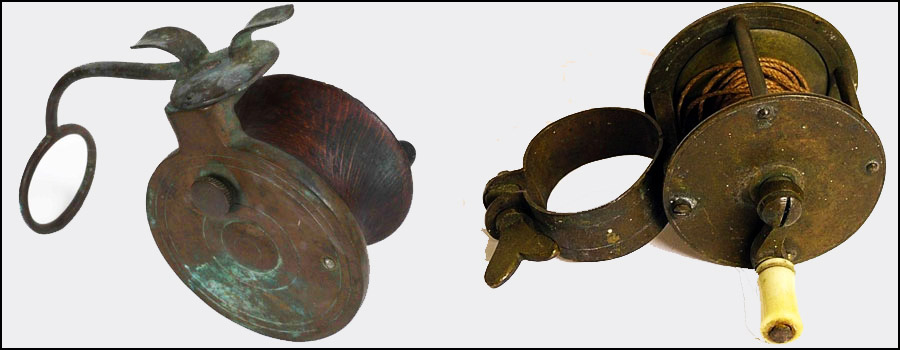
Initially, the reels were used only in one method of fishing — spinning. With the help of a rod and a reel attached to it with a coiled fishing line, the angler threw the bait, rotated the handle of the reel, and carried out its wiring. The first samples of a drum or inertia reels were a drum fixed to the axis of the body, equipped with legs for mounting on the rod.
This drum was equipped with one or two handles for rotation. The design itself was simple, but sufficient care was required in the manufacture. Only the absence of backlash and the overall balance of the mechanism provided ease of rotation of the drum and, as a result, the casting range.
The main drawback of drum reels was their inertia. Namely, after the initial stage of casting, the drum was unwound under the action of a flying spinner, which unwound the fishing line behind it. Then came the moment when the bait was leveled, and the drum continued to rotate by inertia for some time. The line no longer is drawn out by the bait continued to unwind.
And if the angler didn’t slow down the spool in time with his hand, it simply became entangled. A so-called “wig” or “beard «was formed. Manufacturers made various attempts to prevent this. There were different designs of reels with a lever brake. As soon as the tension of the unwinding line relaxed, the lever began to brake the spool, touching one of its rotating surfaces.

Another task of the designers was to reduce the weight of the reel drum and increase the ease of movement, which made it possible to throw baits of minimal weight. To facilitate, the drum was made with patterned perforated cheeks and easy running was provided by the use of bearings, cones, anti-friction materials for the manufacture of the spool axis, and bushings. Despite the appearance of more modern types of fishing reels, inertial reels have successfully survived to the present day. Fishermen appreciate them for their reliability, ease of maintenance, and cheapness.
At the beginning of the 20th century, there was a real technical revolution in the world of fishing gear. A spinless spinning reel was invented (its design has not undergone any fundamental changes up to the present day). The reel was a fixed drum (spool) located along the axis of the rod so that the line ran down from it through the front cheek in a free spiral.
Winding was performed using a wire sawmill rotating around the spool and driven by a handle through a transfer mechanism. The mechanism of laying the fishing line resembled a loom shuttle (it is no accident that the authorship of this invention is attributed to the owner of one of the weaving factories).
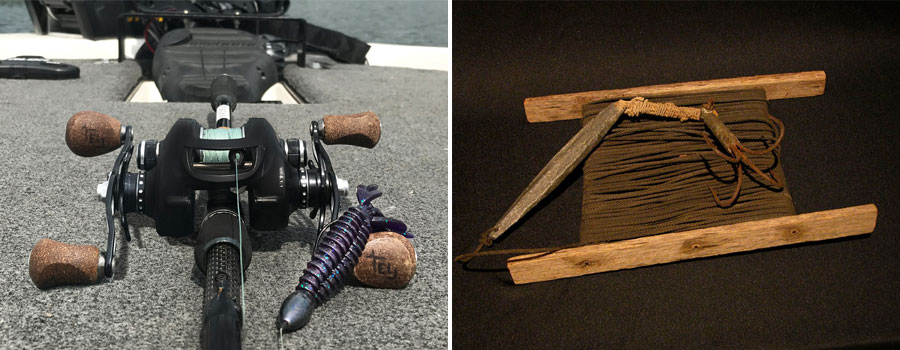
Before casting the angler threw back the shackle of the logger, freeing the line and cocking the built-in spring. At the first turn of the handle, the spring was released and the logger was closed. The reel was ready for winding the line. For some external similarity, such reels among fishermen received the nickname “meat grinder”.
But the main thing is that the designers managed to achieve a complete solution to the problem of “wigs“. The spool of the reel is completely stationary and there is no inertial rotation at all. The new type of reels allowed you to throw very light lures and bulky wobblers that were gaining popularity and had unimportant ballistic characteristics. Such reels also had another very interesting design novelty — the friction brake.
It was a clamping nut and a set of washers made of anti-friction materials, which pressed against the spool of the coil and allowed you to adjust the scrolling force. This allowed the angler to use thinner fishing lines: a brake pre-configured for maximum effort prevented the tackle from breaking off when a strong fish suddenly jerked.
The reel simply automatically passed the required amount of fishing line. A little later, there were models with a brake located in the back of the eel body. In addition, the coils became high-speed thanks to the step-up gear for one turn of the handle, the logger made several turns.
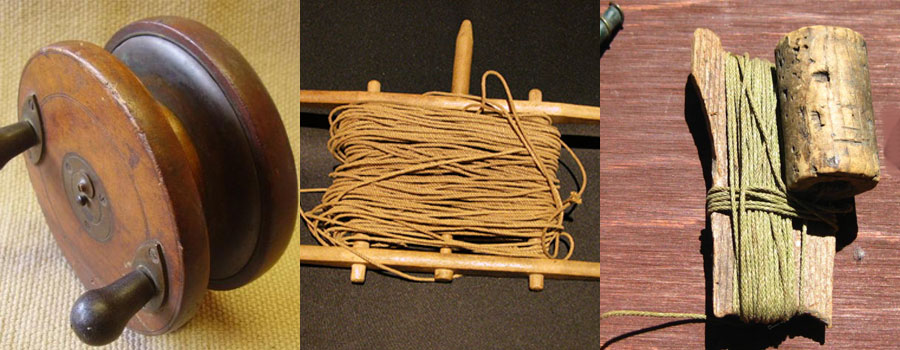
After World war II the Golden age of inertia-free reels began. Several large manufacturers in Europe started mass production. The reels of the Swedish company ABU, German Dam and French Mitchel were famous all over the world. Manufactured for more than 50 years, the Mitchel 300 coil became a cult product not only in the Old World but also in the New World.
The reels of those years were simple and reliable. The quality of kinematic circuits was the highest: many manufacturers of coils were led by watch engineers and massive rifled gears made of steel and bronze provided long-term flawless operation under constant loads (however, there was also the flip side of the coin-a significant weight).
In the 1970s closed inertia-free reels became popular. The cap completely covered the spool, the logger was internal and the fishing line flew out through a small hole. When casting it was enough for the angler to press a special key that released the fishing line. But, despite the relative cheapness and ease of handling, this type of reel was not widely used. Their main drawbacks were the short casting range (due to the abundance of parts rubbing against the fishing line), low speed, and low power.
Nevertheless, they were successfully sold both in Europe (mainly Abumatic by ABU) and in America, where various Zebco models dominated. Moreover, the same company was no less successful in producing time bombs, which is reflected in the brand name (Zero Bomb Company).

The main direction remained the development of reels with an open spool. Their running became more and easier thanks to the use of high-quality bearings and with the advent of carbon-fiber housings in the 1980s, the coils became noticeably lighter. By this time all the main “childhood diseases” of this type of reel had been eliminated and they became reliable and faithful companions of anglers. In a separate direction, reels for fishing with a running float tackle were allocated. They were distinguished from spinning reels by a small spool capacity, a brake designed to work with thin fishing lines, and a high gear ratio.
By this time the economic situation has developed in such a way that in the struggle for a buyer, European manufacturers of fishing equipment were forced to reduce the cost of production, gradually move production to the countries of South-East Asia. There, first in their own factories, and then placing orders under their own brand they begin to produce millions of similar reels, adhering to the principle of “many-cheap-beautiful“.
Chinese and Korean manufacturers joined the flood of the global market, which already promoted even cheaper, but competitive products under their own brands. Soon enough, the owners of the former glorious European brands became only brand holders abandoning both their own developments and their own production base. The European “reel-building” has come to an end.
🔶Now the main players on the market of high-quality and expensive fishing reels are two Japanese industrial giants, which today are trendsetters in this industry. These are Daiwa. It is the leader in the development and production of modern materials and Shimano, whose engineers are considered the best in developing kinematic circuits and ensuring the softest and most durable operation of modern coil mechanisms. These two competing companies are practically neck and neck, offering consumers increasingly reliable and high-quality products.
How Does a Fishing Reel Work?

The reel is the most important part of the spinning tackle, which gave the name to the method of fishing itself. The essence of this method is to animate the artificial bait mounted at the end of the fishing line. To animate the bait, the angler performs wiring for which he rotates the handle of the reel, winding the line.
Before casting you have to press the fishing line with your finger and tip over the logger:
- Before casting make sure that the bait is tightly tied to the end of the fishing line or to the swivel that connects the fishing line and the bait. It allows the fishing line not to twist, thus during the wiring, the bait behaves more naturally.
- By lowering the line from the spool, or winding the reel by rotating the handle, ensure that the bait is located from the tip of the spinning rod about 1-1. 5 meters.
- Now with your index finger press the fishing line that goes from the coil to the first ring and pulls back the shackle of the logger. Now the spool is in a free state, if you release your finger, the fishing line will start to reel off.
- Make a swing, not necessarily strong. It is enough to take the tip of the rod behind your back or to the side. Now whiplash (in the first times not necessarily strongly) wave the rod forward, the tip indicating where the bait needs to fly, and at the very last moment release the finger that holds the line.
- The line will start to go off the spool and the bait will fly to the place where you made the cast.
- Flip the logger to the standard position immediately after the bait lands in the water so that the line doesn’t continue to descend from the spool and doesn’t form a “beard.
🔶Winding the fishing line by rotating the reel depends on the type of your wiring. If you want to catch on the bottom, then wait for the bait to lie on the bottom holding the line in tension. After falling to the bottom, the line will sag a little. At this point, you need to start wiring. If you want to catch on top, you need to start doing the wiring immediately after the bait falls into the water and fast winding.
Modern-Day Marvels: The Fishing Reels of the 21st Century
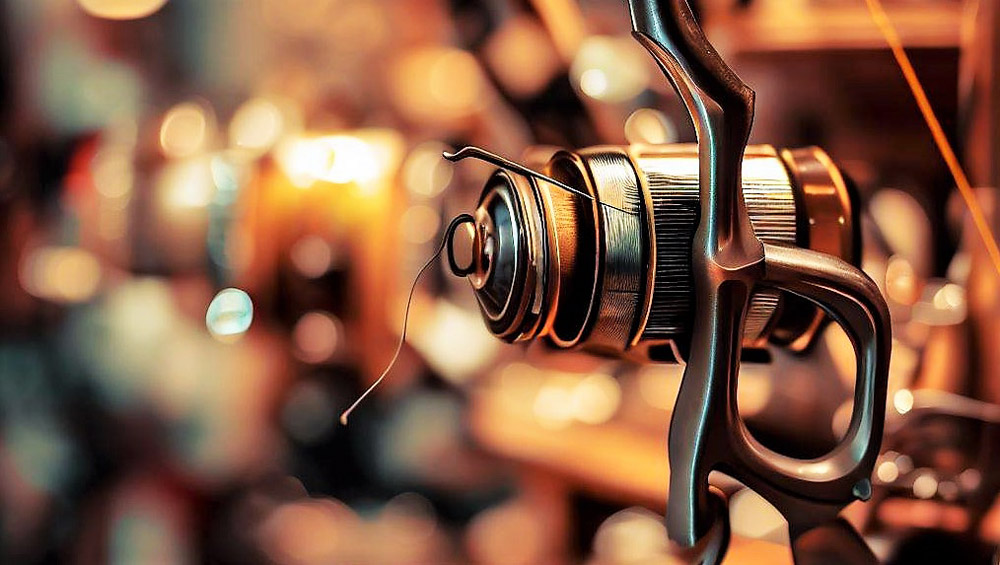
🎣 Cutting-Edge Craftsmanship: The Features and Materials of Modern Reels
Modern fishing reels are true marvels of engineering, combining sophisticated design with high-tech materials. Today’s reels are lighter, stronger, and more corrosion-resistant than ever before, thanks to the use of materials like aluminum, stainless steel, carbon fiber, and even high-tech ceramics.
The designs of contemporary reels vary depending on their intended use, but some common features include anti-reverse handles, multiple ball bearings for smooth operation, and adjustable drag systems for controlling the line tension.
🔬 Tech Tackle: The Impact of Modern Technology on Fishing Reels
The influence of modern technology on fishing reels cannot be overstated. Computer-aided design (CAD) and 3D printing technologies have allowed for unprecedented precision and customization in reel design.
Meanwhile, the digital revolution has given rise to ‘smart reels’ with features like digital line counters, built-in lights for night fishing, and even Bluetooth connectivity for recording catch data.
Drag systems, too, have benefited from technological advancements. Today’s reels feature complex, finely adjustable drag systems that allow anglers to control line resistance with a precision that would have been unimaginable to fishermen of the past.
🌟 Top Tackle: A Review of Today’s Best Reels
If you’re in the market for a new reel, you’re in luck – there’s never been a better time to be an angler. The market is teeming with high-quality options to suit every need and budget.
For spinning reels, the Shimano Stradic CI4+FB is a favorite of mine for its lightweight design and smooth performance. Baitcasting enthusiasts might consider the Abu Garcia Revo SX, known for its durability and excellent drag system. For fly fishing, the Orvis Hydros SL has earned its spot in my collection with its super-fast line retrieve and robust construction.
🔶Remember, though, the best reel is the one that fits your specific needs and style of fishing. Try different models, ask for advice, and always keep an open mind – that’s the real secret to finding the perfect reel. 🌟
The Future of Fishing Reels: Predictions and Wishes

🔮 Reeling into the Future: Predictions for Next-Gen Fishing Gear
As we look to the horizon, it’s exciting to ponder where the evolution of fishing reels might take us next. Based on current trends and emerging technologies, we can make a few educated guesses.
The rise of ‘smart‘ technology is likely to continue, with reels becoming ever more sophisticated. We might see more features such as digital drag systems for ultra-precise control, Bluetooth connectivity for sharing catch data and location, and even reels equipped with tiny cameras for a fish’s-eye view of the underwater action.
Material science will also continue to play a big role. Future reels may utilize new alloys or composites for even greater strength, corrosion resistance, and weight reduction. In terms of design, we can expect further refinements for more ergonomic, user-friendly reels that make fishing even more enjoyable and accessible.
🎣 Hooked on Innovation: My Wishes for the Future of Fishing Reels
As an avid angler, I’m thrilled about these potential developments. But if I could make a wish list for the future of fishing reels, it would include three things:
- First, I hope for continued innovation in the field of ‘smart’ reels. Features like real-time water temperature and depth readings or AI-powered casting assistance could take the fishing experience to new heights.
- Second, I’d love to see more sustainable practices in reel manufacturing, such as the use of recycled materials or energy-efficient production methods. As lovers of the great outdoors, it’s up to us to ensure our hobby doesn’t harm the natural world we cherish.
- Lastly, I wish for fishing reels to remain accessible to everyone, regardless of budget. Advances in technology shouldn’t be a privilege for a few but should enhance the fishing experience for all. After all, the joy of fishing is a treasure we should all be able to share. 🌍💖
❓ FAQ: The Incredible Journey of Fishing Reels

🔄 The Reel Deal: Reflecting on Our Journey
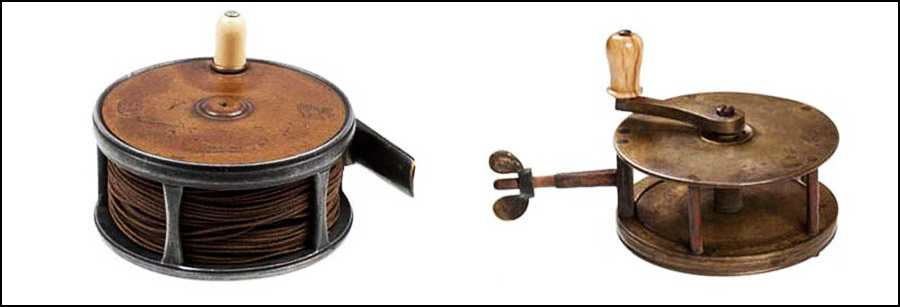
As we reel in our exploration of the history and evolution of the fishing reel, it’s clear that this humble device has come a long way. From simple wood or bone contraptions of the distant past to the technologically advanced tools of the 21st century, the fishing reel reflects our human capacity for innovation and our enduring passion for angling.
💖 Hooked for Life: My Enduring Passion for Fishing
Personally, this exploration has deepened my love for fishing. Understanding the history behind the reel I hold in my hands enriches every fishing trip. It reminds me that every cast is a part of a centuries-old tradition, even as it anticipates future innovations. With every twist and turn in the story of the fishing reel, my excitement for what comes next only grows.
📣 Cast Your Thoughts: Share Your Reel Stories
But now, dear readers, it’s your turn. I encourage you to share your thoughts and experiences. Do you have a favorite reel that’s been with you through thick and thin? Are there any features you’d love to see in future fishing reels? Or perhaps you have a great story about a big catch or a memorable fishing trip?
🔶Join the conversation in the comments section below. After all, the evolution of the fishing reel isn’t just a historical narrative or a technological timeline; it’s a shared story that we, as a community of anglers, continue to write with every cast, catch, and release. 🎣📚🌟
Tags: #heddon fishing reel history / #johnson fishing reel history / #penn fishing reel history / #ryobi fishing reel history / #true temper fishing reel history / #history and evolution antique fishing reels

I live in Tenerife (Canary Islands) for the last 10+ years and share my daily fishing experiences on my website. Many years of personal experience as a fisherman and the vast experience of my friends allow me to write professionally on any fishing topics (from choosing a flashlight and equipment to deep-sea fishing).
All of my advice is based on practical real-world experience and will be useful to both novice anglers and professionals. Read more about the author.
Affiliate Disclosure: FishReeler.org sometimes gets paid for listings, through sponsors or affiliate programs like Amazon, Ebay, Cabelas, Bass Pro Shop, Shimano, Daiwa, Rapala, Renn, Okuma, KastKing, etс. Clicking a link helps keep FishReeler.org free, at no extra cost to you!
About the author: Each article is verified by the fishing expert Sergio Smirnoff. The articles are written by professional and amateur fishermen with 20+ years of fishing experience.
Note: The views and opinions expressed in this article are those of the authors and do not necessarily reflect the official policy or position of any agency. The articles are for informational purposes only, share your opinions in the comments and join the fishing discussions, let's share our fishing experiences together!



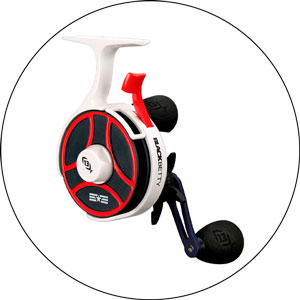


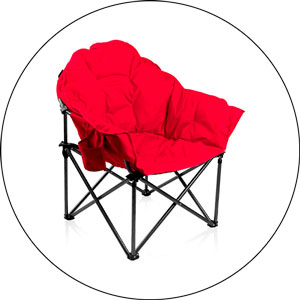
I’m just starting to fish. And for me everything related to fishing equipment is quite difficult. It was informative to read about the reel and how it changed over time. Now it became clear how to choose the right coil.
Great article about the fascinating history of fishing reels! I had no idea they’d been around for so long. 🎣
I especially enjoyed learning about the versatility and variety in a design created over the years. 🤔
It’s great to see how far fishing reels have come since their invention. Fascinating stuff! 🤩
The evolution of features and functionality is amazing – from design to performance. Thanks for this great read! 🙌
The article highlights the incredibly important role fishing reels have played in the development of sport and recreational fishing. 🤗
Wow! The history of fishing reels is fascinating! I had no idea they’d been around for so long.